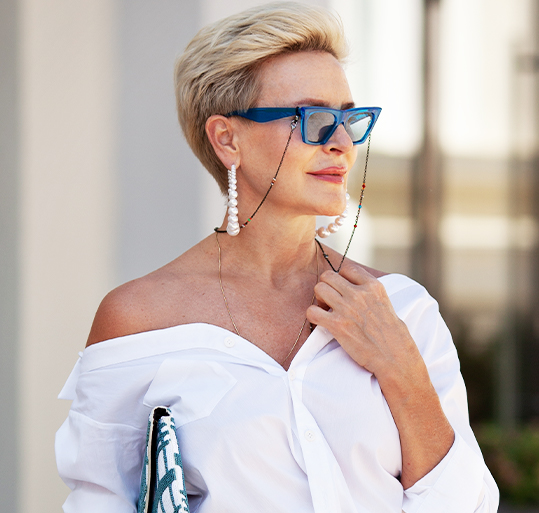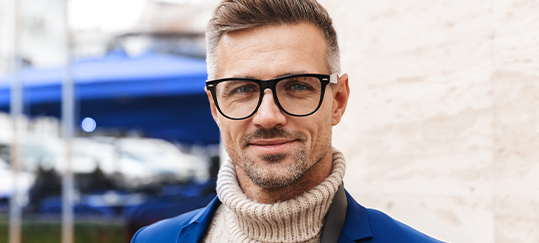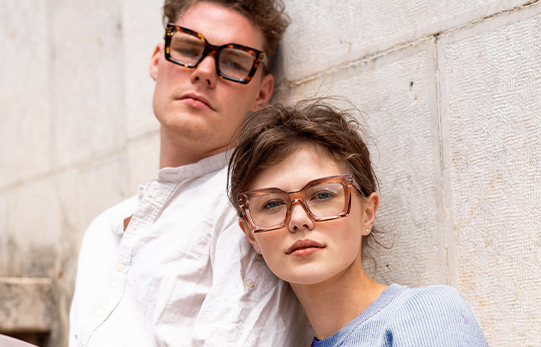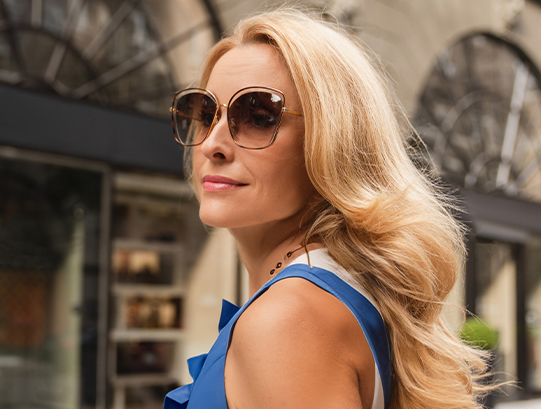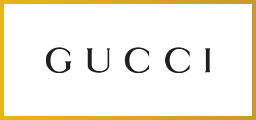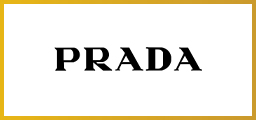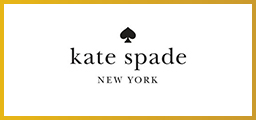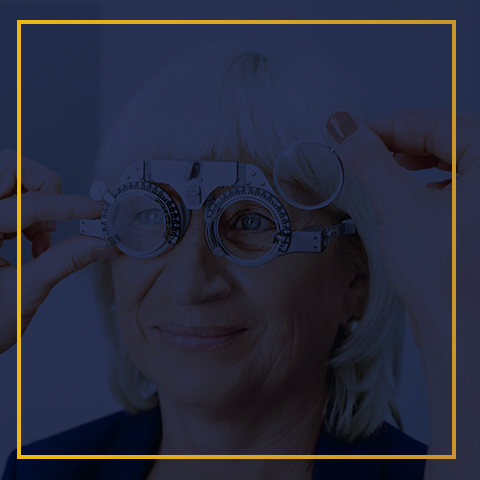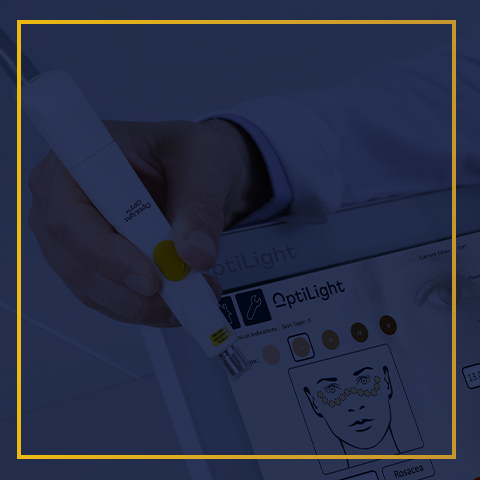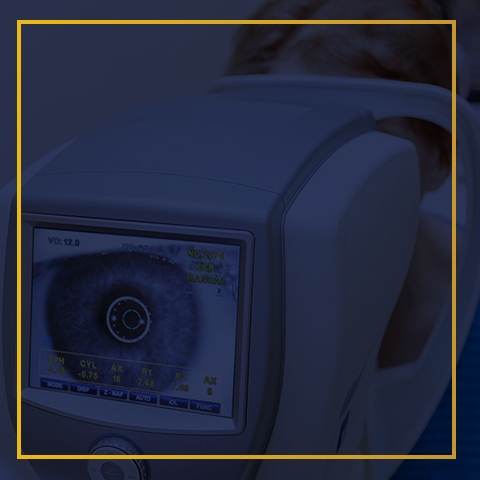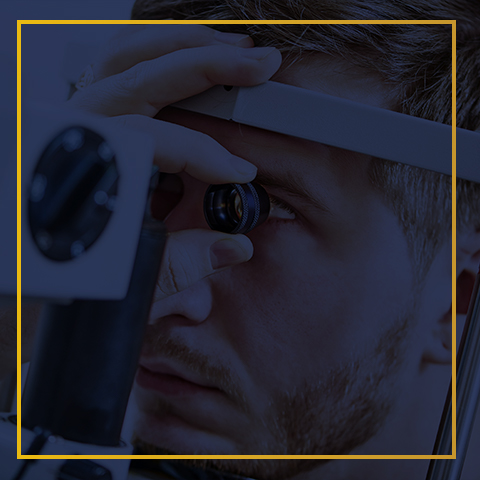Success Begins with Sight
Is your child squinting when they look at the board at school? Do they struggle with headaches? Or are they having a hard time playing sports with friends? They might have myopia.
Over 40% of Americans currently have myopia, and more children are being diagnosed every day.
Myopia, also known as nearsightedness, is an eye condition that typically develops during childhood, making objects in the distance appear blurry while close-up items remain clear. Myopia can also increase the risk of other eye diseases and conditions later in life.
Myopia control can slow the progression of your child's myopia, reducing the need for constant prescription updates and protecting their long-term vision.
To get a better idea of how we can help your child, let's start by booking an eye exam! Our team will take a closer look and take time to understand their needs.
Let our team help protect your child’s sight today.
Request Appointment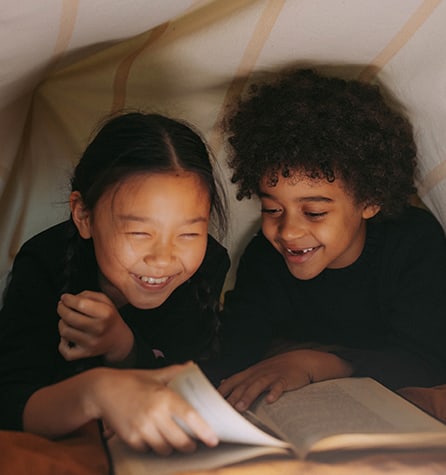
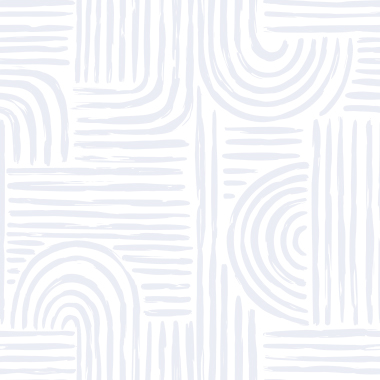
Why Controlling Myopia Matters
Myopia can make it difficult for your child to see in school or enjoy fun games and sports with their friends. They may also be slow to develop social behaviors and could be misdiagnosed with behavioral problems.
Corrective lenses can help address your kid’s sight, but early myopia control can help prevent it from getting worse. This can help preserve your little one’s vision so you can save on updating their lenses each year.
Book your child’s appointment now to test for myopia and other vision conditions.
Request AppointmentCauses of Myopia
Although myopia is common among kids, research is still unclear on what causes it. Myopia progresses as your child grows up, with vision usually stabilizes around age 20.
People with myopia have either an eyeball that is too long or a cornea that is too curved, affecting how light focuses on the retina and causing blurry vision.
Myopia is hereditary. but too much time inside focused on near work or using screens could also contribute to myopia progression.
We recommend that parents encourage children to spend time outdoors. Studies show that time outdoors can also slow the progression of myopia in kids.
Book an appointment for your child today to learn more about our myopia control methods.
Request AppointmentOur Location
Yucca Valley Office
- Phone: 760-342-6900
- Email: [email protected]
- 56970 Yucca Trail, #103
- Yucca Valley, CA 92284
Hours
- Monday: Closed
- Tuesday: 8:00 AM – 5:00 PM
- Wednesday: 8:00 AM – 5:00 PM
- Thursday: 8:00 AM – 5:00 PM
- Friday: 8:00 AM – 5:00 PM
- Saturday: Closed
- Sunday: Closed
Palm Desert Office
- Phone: 760-342-6900
- Email: [email protected]
- 37029 Cook Street, #105
- Palm Desert, CA 92211
Hours
- Monday: 8:00 AM – 5:00 PM
- Tuesday: 8:00 AM – 5:00 PM
- Wednesday: 8:00 AM – 5:00 PM
- Thursday: 8:00 AM – 5:00 PM
- Friday: 8:00 AM – 5:00 PM
- Saturday: Closed
- Sunday: Closed
La Quinta Office
- Phone: 760-342-6900
- Email: [email protected]
- 79710 Highway 111, #101
- La Quinta, CA 92253
Hours
- Monday: 8:00 AM – 5:00 PM
- Tuesday: 8:00 AM – 5:00 PM
- Wednesday: 8:00 AM – 5:00 PM
- Thursday: 8:00 AM – 5:00 PM
- Friday: 8:00 AM – 5:00 PM
- Saturday: Closed
- Sunday: Closed
Our Brands
